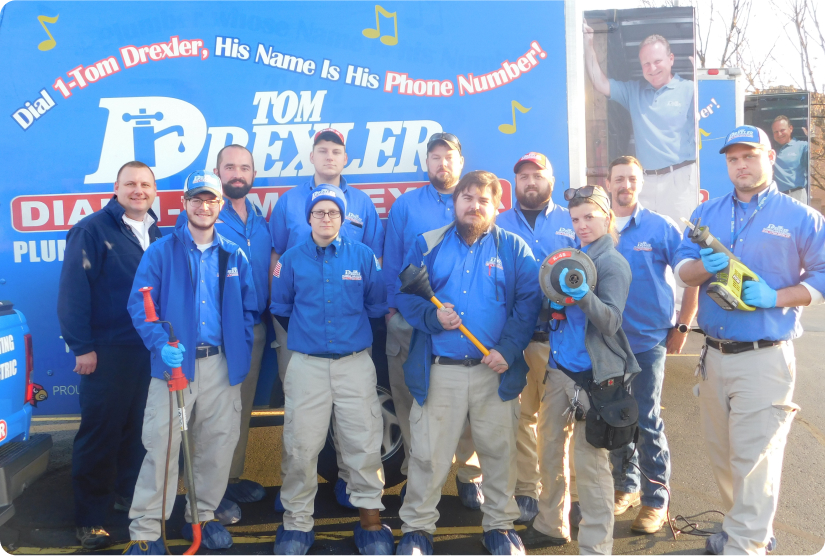
We know you understand the vital role your air conditioner plays in maintaining a comfortable home. Refrigerant regulation changes coming to the HVAC industry in 2025 will impact the types of systems available to purchase and install when it’s time for a replacement.
Since 2020, traditional air conditioner refrigerants like R-22 began to be phased out of use due to concerns about their environmental impact. Starting in 2025, R-410A, another commonly used refrigerant, will no longer be available.
New systems will primarily use R-454B. Manufacturers need to modify their systems to use this new refrigerant, which contributes to higher upfront costs for consumers. However, you’ll ultimately benefit from more efficient operation and a more environmentally friendly system in the long run.
What is the American Innovation and Manufacturing Act of 2020?
These changes are being driven by the 2020 American Innovation and Manufacturing Act, which was designed to reduce the use of hydrofluorocarbons (HFCs), which negatively impact the environment.
R-22 was phased out in 2020, and in 2025, R-410A will also be phased out. This change will impact air conditioners, ductless mini-splits, and heat pumps installed throughout Louisville, Cincinnati, and Southern Indiana.
Outdated vs. New Refrigerants
R-22, which hasn’t been manufactured or imported since 2020, was banned because its release into the air has a destructive impact on the ozone layer.
R-410A, a blend of HFC compounds R-32 and R-125, has been used as a replacement for R-22 since 2010. Although a better alternative to R-22, R-410A is being phased out in 2025 because it operates at high pressures, increasing the risk of leaks during maintenance or repair work, which can be environmentally harmful.
These refrigerants are both classified as A1 refrigerants, which are non-flammable but have a higher toxicity than A2L refrigerants like R-454B. R-454B will replace R-410A, and it’s a blend of R-32 and R-1234yf.
What Does the Refrigerant Change Mean for Homeowners?
Although new systems will incur increased costs and potential supply chain disruptions during the transition period, this change will ultimately benefit homeowners and the environment.
Systems that use R-454B will be more efficient, making them more effective and affordable to run. They will also help the U.S. reduce its carbon footprint.
Top Factors Contributing to Rising HVAC Equipment Costs
Over the past five years, HVAC installation and replacement costs have risen significantly, with changing regulations playing a significant role. Efficiency standards have been updated, making less expensive, less efficient systems obsolete. New regulations make new systems more expensive to produce and require more training and regulations for HVAC technicians.
Additional factors driving up costs include an increase in raw material prices, supply chain disruptions, higher consumer demand, and continued industry labor shortages.
Finance Your HVAC Replacement
With additional costs to consider, we know replacing your HVAC system can strain your budget. That’s why the professionals at Tom Drexler offer convenient financing options.
Choose Tom Drexler for Reliable HVAC Replacement
The experts at Tom Drexler are here for all your heating and cooling needs in Cincinnati, Louisville, and Southern Indiana. If you need a new unit, our team can help you determine which HVAC system is right for your home’s comfort needs.
We offer free estimates on replacements, upfront pricing, and special offers. Our licensed and insured technicians are background-checked for your safety and peace of mind.
Contact us online to schedule an HVAC installation or replacement today.







